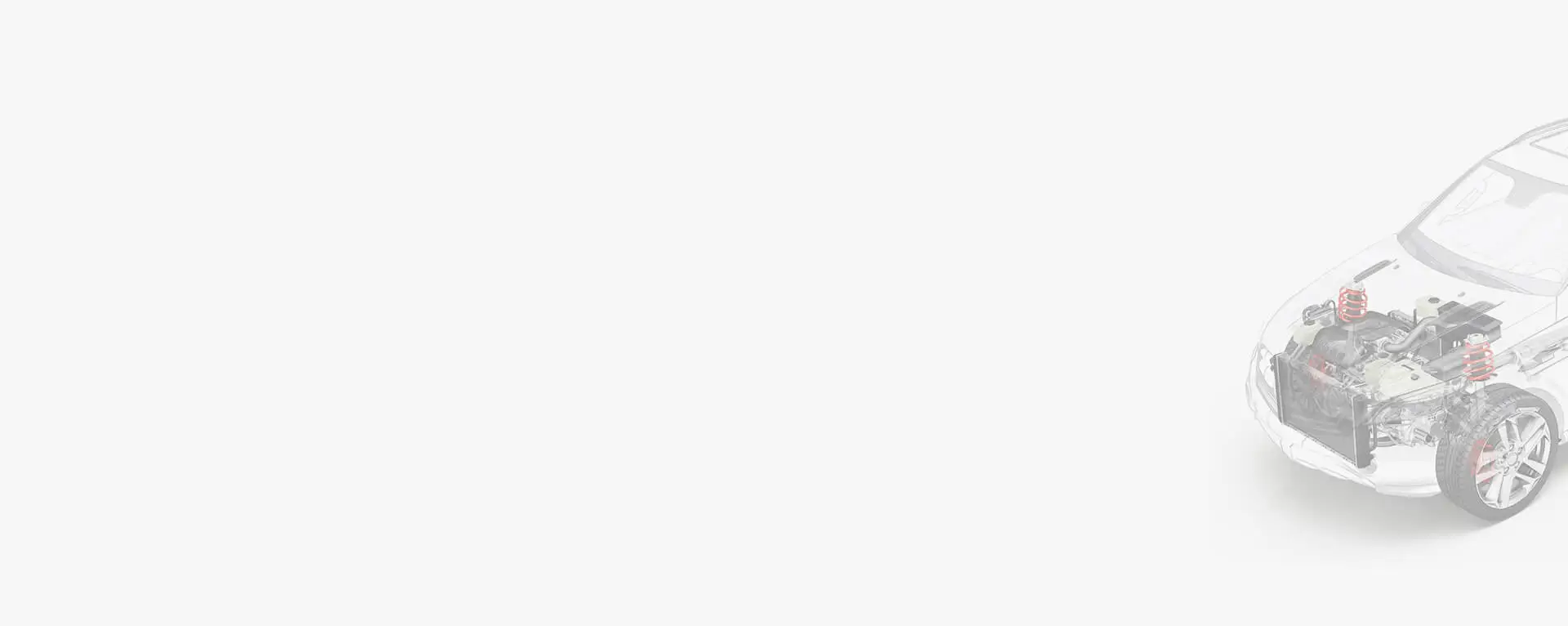

Generator belts offer excellent power transmission efficiency, ensuring optimal generator performance.

The generator belt from WUXI BELT is made from high-quality materials, these belts are resistant to wear and tear, ensuring a long service life.

These industrial power transmission belts require minimal maintenance, reducing downtime and operational costs.

WUXI BELT's generator belt is available in various sizes and specifications, generator belts are compatible with different generator models.
Automotive Field
Power transmission: our generator belt transfer power from the engine crankshaft to the generator, driving it to generate electricity.
Charging systems: Charge the batteries to ensure proper operation of the vehicle's electrical system.
Drive auxiliary equipment: In some designs, generator belts also drive equipment such as air conditioning compressors and power steering pumps.
Industrial
Power transmission: Transmits power from a prime mover (such as a diesel engine or gas turbine) to a generator to ensure that it generates electricity.
Efficient operation: Stable operation under high loads to meet industrial power requirements.
Drive auxiliary equipment: In industrial equipment, generator belts are also used to drive hydraulic pumps, air compressors and other equipment.
Agricultural field
Driving agricultural generators: In farm irrigation, greenhouse heating and other scenarios, the generator belt transfers the power from the tractor or diesel engine to the generator to provide power support.
Drive irrigation pumps: In agricultural irrigation systems, the generator belt drives the pumps to ensure the effective use of water resources.
Backup Generator
Emergency power supply: In the event of an interruption in the main power supply, the standby generator is quickly activated to ensure the supply of electricity.
Reliable transmission: Ensure that the standby generator can operate stably in emergency situations.
Drive cooling system: In the standby generator, the generator belt is also used to drive the cooling fan or water pump to prevent the equipment from overheating.
 What are the benefits of using a generator belt?
What are the benefits of using a generator belt?
High efficiency, durability, low maintenance, and compatibility.
 How often should I replace my generator belt?
How often should I replace my generator belt?
Typically every 60,000 to 100,000 miles, but check your generator's manual.
 Can I replace the generator belt myself?
Can I replace the generator belt myself?
Yes, with the proper tools and following the generator's manual.
 What materials are generator belts made from?
What materials are generator belts made from?
Usually rubber with synthetic fibers for added strength.
 How do I know which generator belt fits my generator?
How do I know which generator belt fits my generator?
Refer to your generator's manual or consult with a professional.